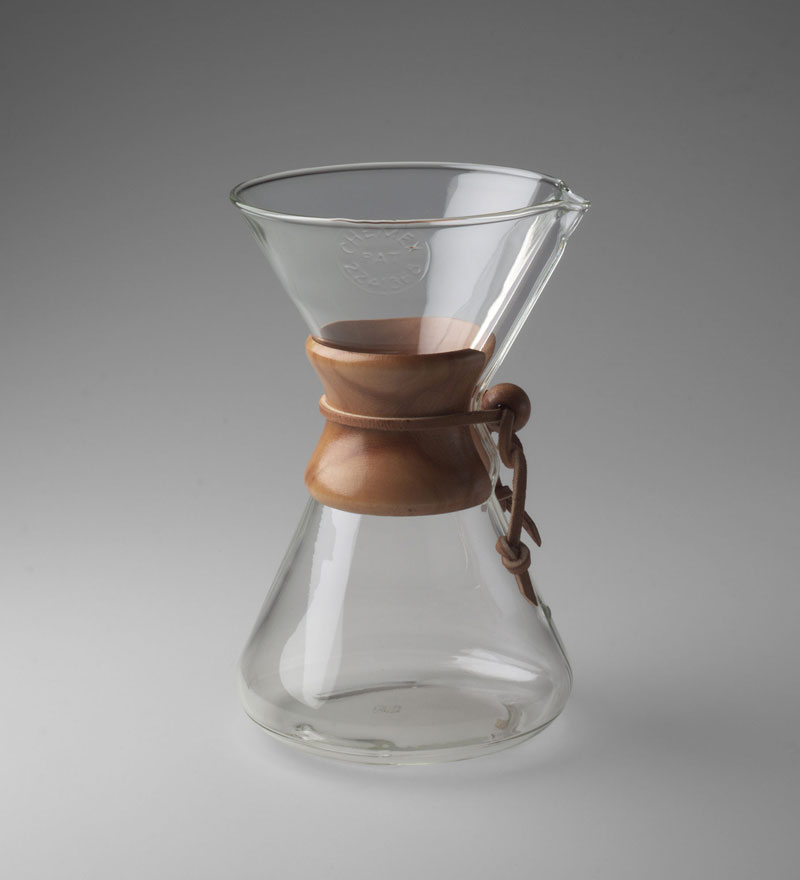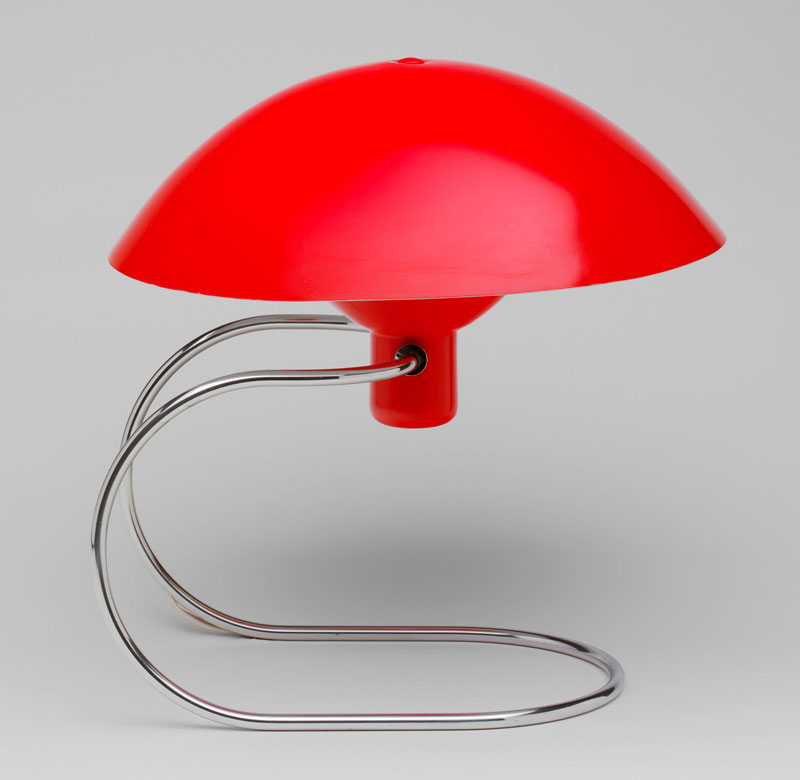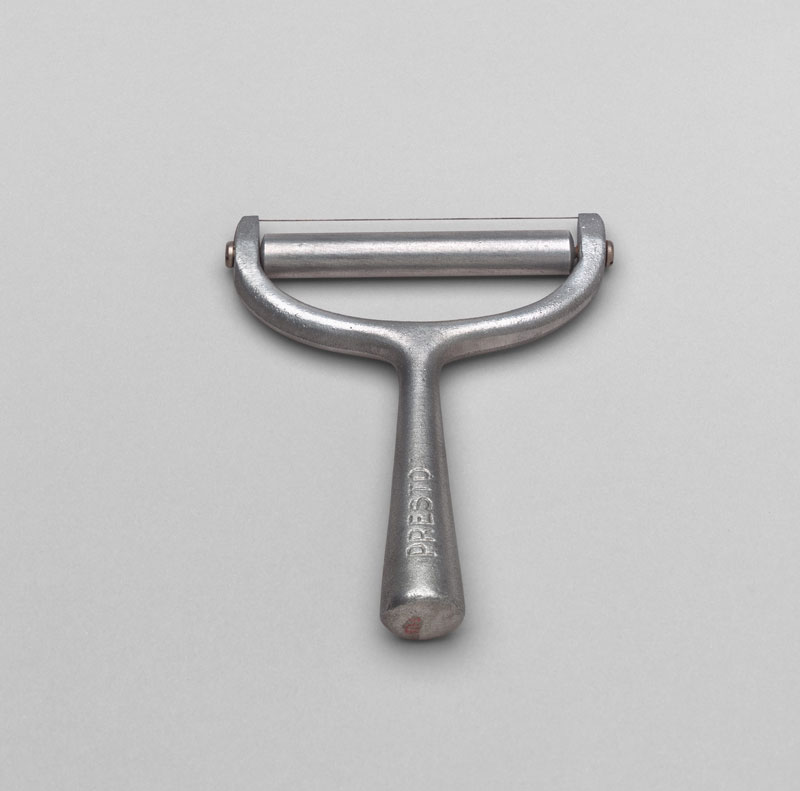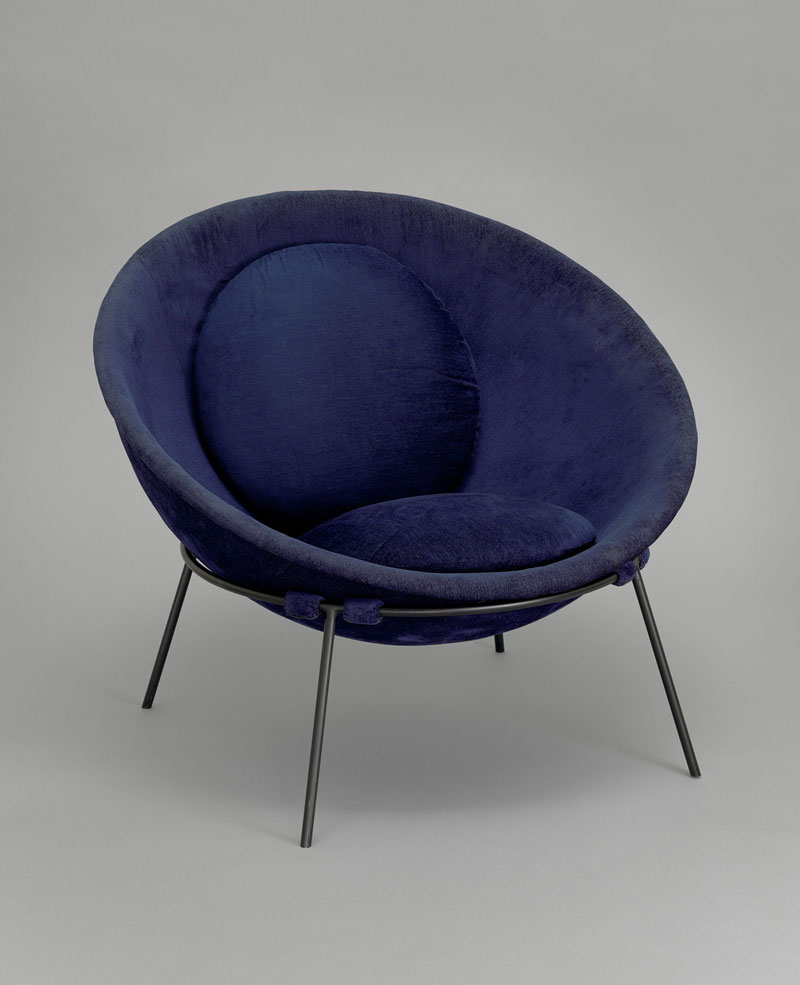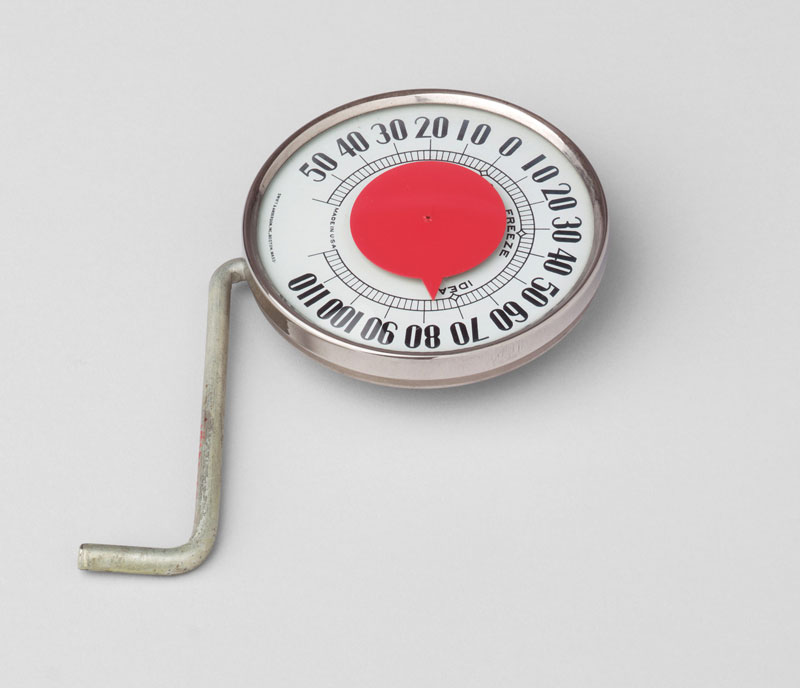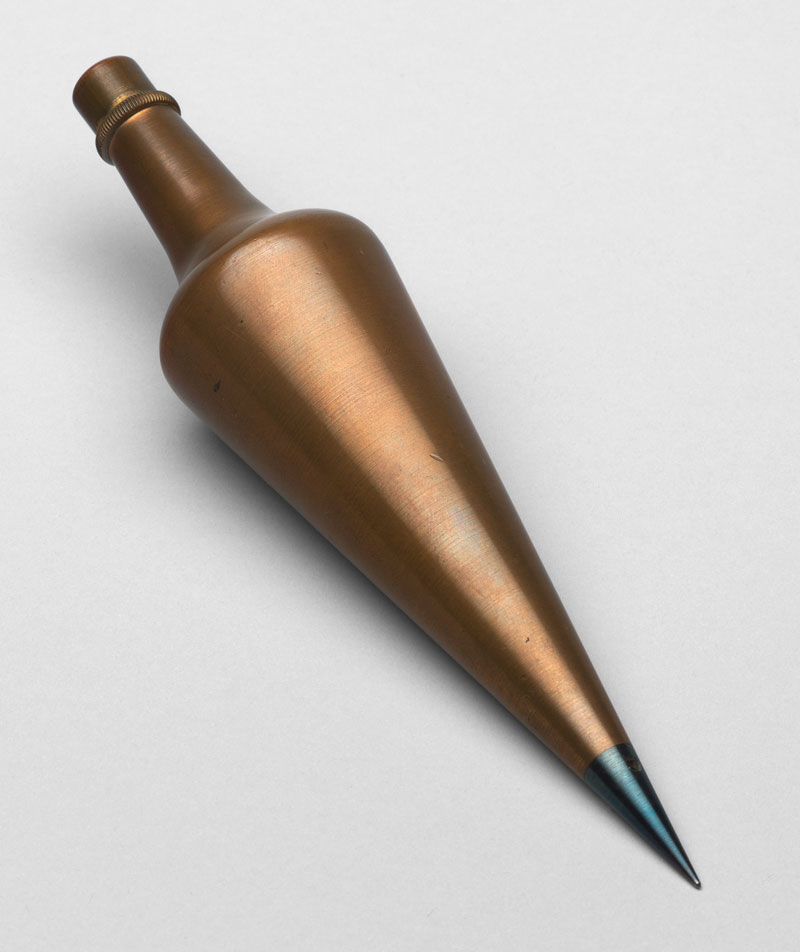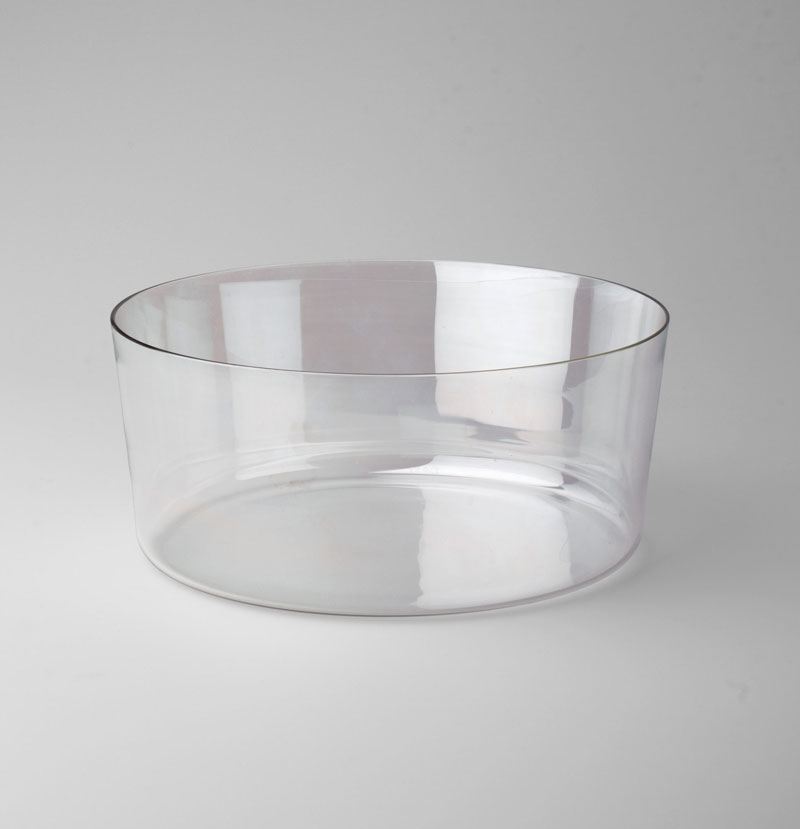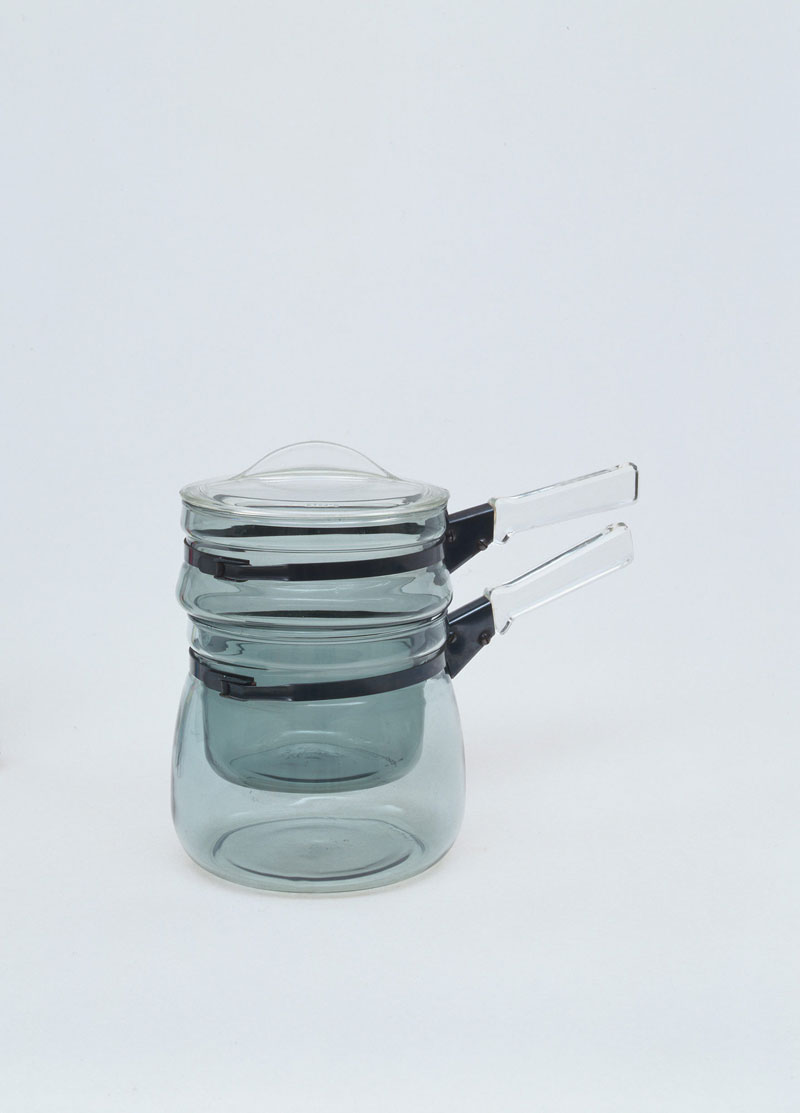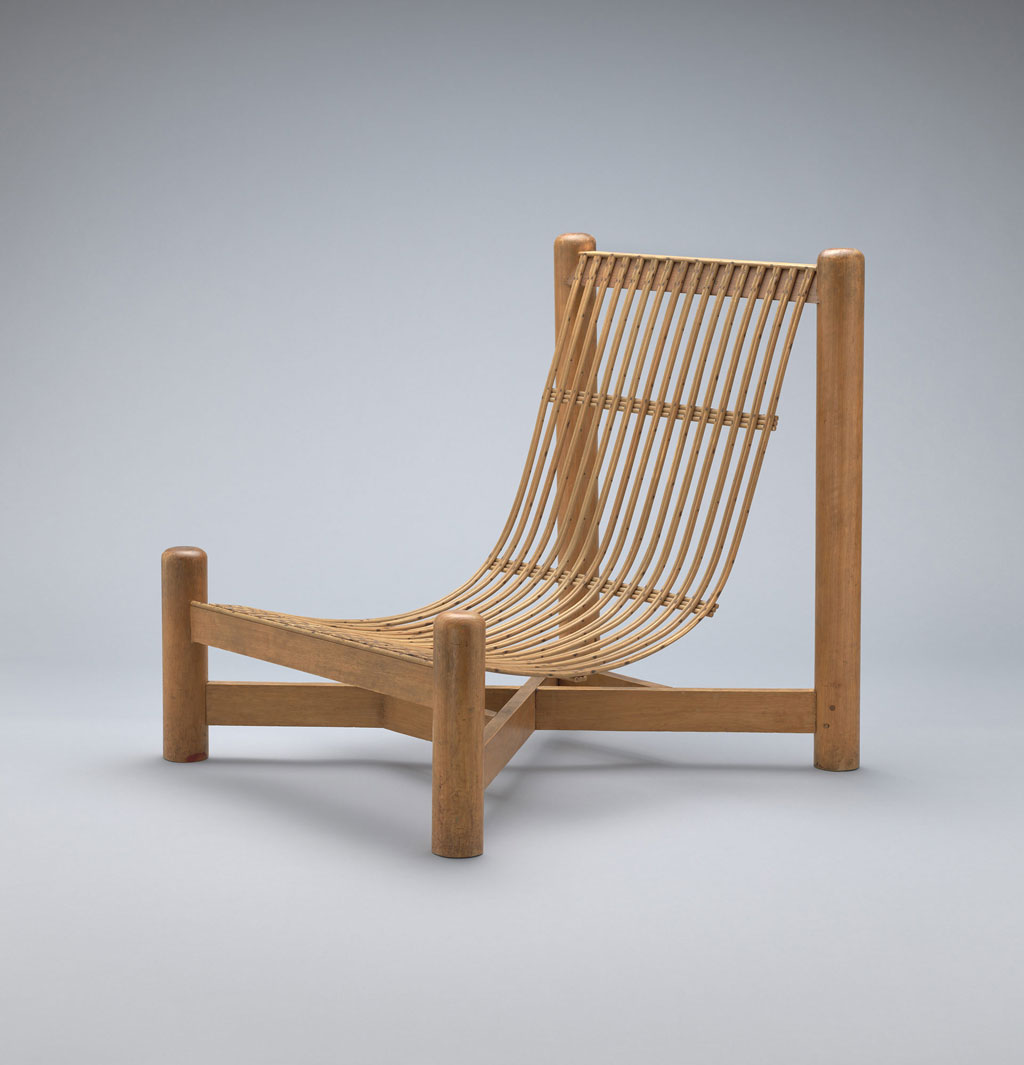DESIGN:The Value of Good Design,Part II
 At mid-century MoMA played a leading role in the definition and dissemination of so-called Good Design, a concept that took shape in the 1930s and emerged with new relevance in the decades following World War II. This installation presents selections from MoMA’s design collection that illuminate the primary values of Good Design as promoted (and disputed) by museums, design councils, and department stores (Part I).
At mid-century MoMA played a leading role in the definition and dissemination of so-called Good Design, a concept that took shape in the 1930s and emerged with new relevance in the decades following World War II. This installation presents selections from MoMA’s design collection that illuminate the primary values of Good Design as promoted (and disputed) by museums, design councils, and department stores (Part I).
By Dimitris Lempesis
Photo: MoMA Archive
Featuring objects from domestic furnishings and appliances to ceramics, glass, electronics, transport design, sporting goods, toys, and graphics, the exhibition “The Value of Good Design” explores the democratizing potential of design, beginning with MoMA’s Good Design initiatives from the late 1930s through the 1950s, which championed well-designed, affordable contemporary products. The concept of Good Design also took hold well beyond the Museum, with governments on both sides of the Cold War divide embracing it as a vital tool of social and economic reconstruction and technological advancement in the years following World War II. This global scope is reflected in many of the items on view, from a mass-market Italian Fiat Cinquecento automobile and a Soviet-era East German Werra camera to a Japanese Sony television and a Brazilian bowl chair. These works join both iconic and unexpected items made in the US, such as the Eames La Chaise, a Chemex Coffee Maker, and Irwin Gershen’s Shrimp Cleaner. MoMA promoted modern design starting in the 1930s, but it was in the decade following World War II that a discernible Good Design program matured. Competitions run by MoMA for printed textiles (1946), low-cost furniture (1948), and lighting (1950), stimulated new works of Good Design. Furnished houses assembled in The Abby Aldrich Rockefeller Sculpture Garden (1949-50) showcased complete Good Design environments. The exhibition “Design for Use” (1950-52) after MoMA toured Europe to broadcast Good (American) Design for the U.S. State Department. If Good Design was MoMA’s doctrine, its preacher was Edgar Kaufmann, Jr. A curator with a family background in retail, Kaufmann wrote the defining text, “What Is Modern Design?” (1950) and directed MoMA’s famous Good Design exhibition series (1950-55), the ultimate expression of its message. On the basis of “eye appeal, function, construction and price,” furniture, textiles, and domestic products were selected annually for two installations at the Chicago Merchandise Mart and a culminate exhibition at MoMA. The exhibition “The Value of Good Design” raises questions about what Good Design might mean today, and whether values from mid-century can be translated and redefined for a 21st-century audience. Visitors are invited to judge for themselves by trying out a few “good design” classics still in production, and exploring how, through its design stores, MoMA continues to incubate new products and ideas in an international marketplace.
Info: Curators: Juliet Kinchin, Assistant Curator: Andrew Gardner, The Museum of Modern Art (MoMA), 11 West 53 Street, New York, Duration: 10/2-27/5/19, Days & Hours: Mon-Thu & Sat-Sun 10:30-17:30, Fri 10:20-20:00, www.moma.org
